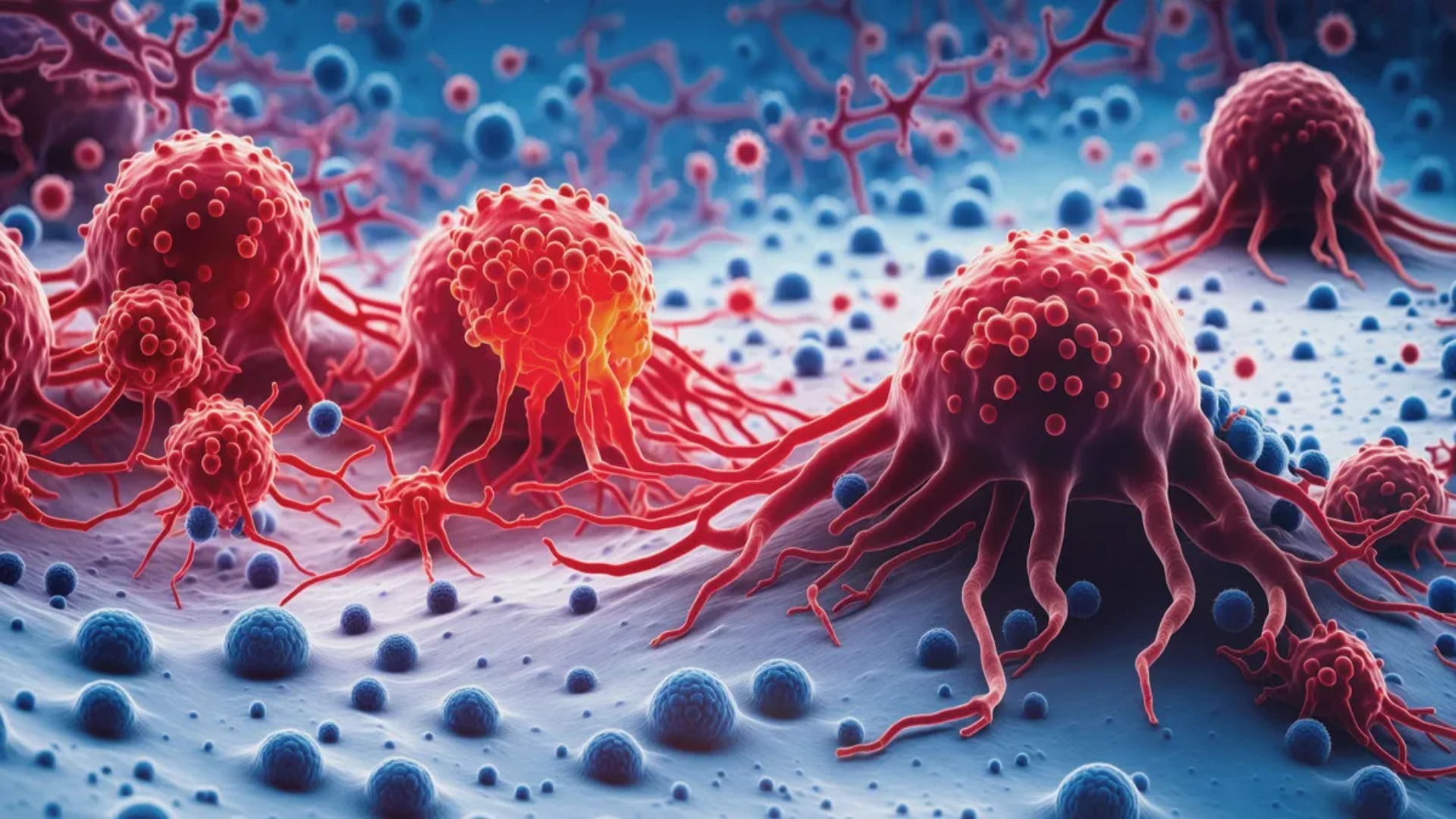Scientists have identified a new method for eliminating cancer cells. By exposing aminocyanine molecules to near-infrared light, they induced synchronous vibrations, effectively disrupting the membranes of cancer cells.
Aminocyanine molecules, recognized for their application as synthetic dyes in bioimaging, are commonly used in low doses to detect cancer. They retain stability in water and exhibit a remarkable ability to attach themselves to the outside of cells.

The research team from Rice University, Texas A&M University, and the University of Texas, stated that the new approach represents a notable advancement compared to another type of cancer-targeting molecular machine known as Feringa-type motors, which is capable of breaking down problematic cell structures.
“It is a whole new generation of molecular machines that we call molecular jackhammers,” Rice University chemist James Tour said.
“They are more than one million times faster in their mechanical motion than the former Feringa-type motors, and they can be activated with near-infrared light rather than visible light,” he added.
The use of near-infrared light is crucial, as it allows scientists to penetrate deeper into the body. This could potentially mean treating cancer in bones and organs without resorting to surgery for direct access to cancer growth.
During tests conducted on cultured lab-grown cancer cells, the molecular jackhammer method achieved an impressive 99% success rate in destroying the cells. The effectiveness of the approach was further demonstrated in experiments on mice with melanoma tumors, where half of the animals achieved cancer-free status.
The structure and chemical properties of aminocyanine molecules ensure their synchronization with the right stimulus, such as near-infrared light. When set into motion, the electrons within these molecules generate plasmons, which are cohesive vibrating entities that instigate movement throughout the entirety of the molecule.
“What needs to be highlighted is that we’ve discovered another explanation for how these molecules can work,” according to chemist Ciceron Ayala-Orozco from Rice University.
“This is the first time a molecular plasmon is utilized in this way to excite the whole molecule and to actually produce mechanical action used to achieve a particular goal – in this case, tearing apart cancer cells’ membrane.”
The plasmons exhibit an arm on one side, helping in linking the molecules to the membranes of cancer cells, where the vibrations’ movements successfully break them apart. While it is still in the early stages of research, these initial findings show significant promise.
Moreover, this biomechanical technique is straightforward, making it challenging for cancer cells to develop any form of resistance. The researchers are now exploring other types of molecules that can be used in a similar fashion.
“This study is about a different way to treat cancer using mechanical forces at the molecular scale,” Ayala-Orozco added.
The research has been published in Nature Chemistry.
Other POP! stories that you might like:
‘AI Death Calculator’ can ‘predict’ when you’ll die, with eerie accuracy
NASA discovers ‘Christmas Tree Cluster’ of stars illuminating in space
Habitation in Mars appears to be a possibility as scientists discover new material
First human-whale ‘conversation’ could pave the way for communication with aliens, scientists claim



